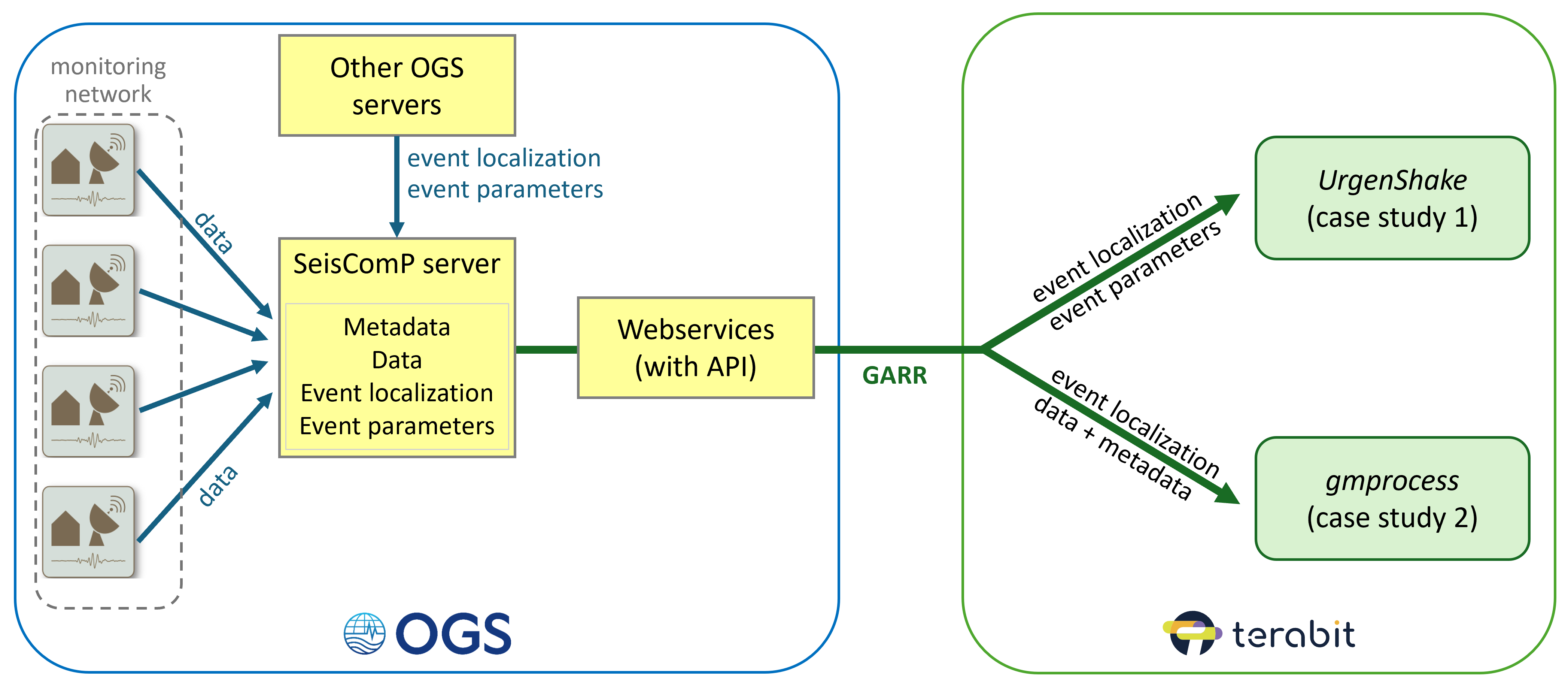Support to numerical simulations through the timely provision of seismological input data
Solid Earth Sciences, Seismology
Research area
The last decade has seen the rise in the quantity of seismological data and subsequently in the use of HPC to ensure their rapid processing. Urgent computing applications have been developed in seismology especially when a timely impact assessment is needed, such as for civil protection purposes. Not only these HPC procedures need to be optimized themselves to work in near real time, but the full workflow has to be reliable, starting from input data retrieval. In seismology, this mean having pre-complied, up-to-date and accessible inventories of metadata, as well as standardized and fast access to seismic data and to information on new events, as soon as they are available.
Project goals
This project focuses on supporting seismological applications such as numerical simulations through the timely provision of the seismological input data they need to operate. The first step consists in the preparation and management of standard seismological data and metadata belonging to the OGS network through the seismological software “SeisComP”. In addition, the database is set to be populated with new earthquake localizations as soon as they are available, as well as with supplementary event parameters which are usually not provided in preliminary event analysis. These parameters, like seismic moment and corner frequency, can greatly increase the precision of some numerical simulations such as hazard scenarios calculation. The main challenge will be the communication between two separate research infrastructures, the OGS one for the retrieval of data and the TeRABIT one for its use in HPC implementations. To do so, part of the work will focus on the definition of webservices based on APIs which are compliant with the seismological community standards. As a result, we will demonstrate our approach by supplying selected HPC users with high-quality input data to use in their applications, in the framework of the TeRABIT project. In particular, I will demonstrate the use of such curated input data for two other TeRABIT case studies, "UrgenShake" for rapid hazard scenario calculation and "gmprocess" for near-real time ground motion parameter estimate.
Computational approach
This project makes use of all three of the TeRABIT components; directly in the case of the GARR network, for the actual transmission of the input data, ad indirectly for both Cloud and HPC infrastructures, through the "gmprocess" and "UrgenShake" application examples. The main technological challenge will be the rapid communication between infrastructures, which will have to be tested against the timing requirements of the HPC applications in order to ensure the feasibility of data retrieval within useful time. This implies on one hand to set up the functioning of the authentication over network which ensures access to data from one infrastructure to the other, and on the other hand to test the response time of the webservices themselves.
Laura Cataldi
Istituto Nazionale di Oceanografia e di Geofisica Sperimentale
I am a seismologist with a background in physics, currently working as a technologist for OGS. My expertise is in the field of seismological data analysis and modelling, with a focus on the estimation of ground motion parameters and on the modelling of Fourier amplitude spectra. I developed and shared most of the codes used in my work, with a preference for python language and a base knowledge of C. My activities also include data retrieval and management, both in terms of ensuring the functioning of seismic monitoring arrays and of managing dedicated data servers. For this reason I also developed expertise in data and metadata curation and in the setup of webservices, to grant easy and standardized access to high quality data. I support data FAIRness and I am currently in the process of obtaining the FAIR Implementer certificate.










